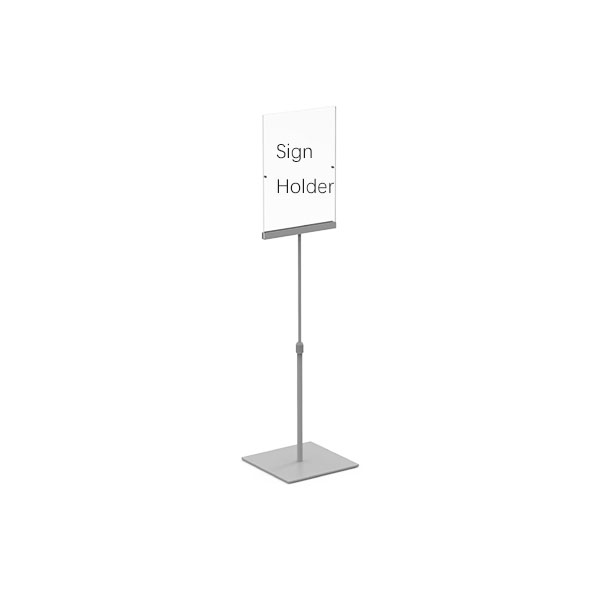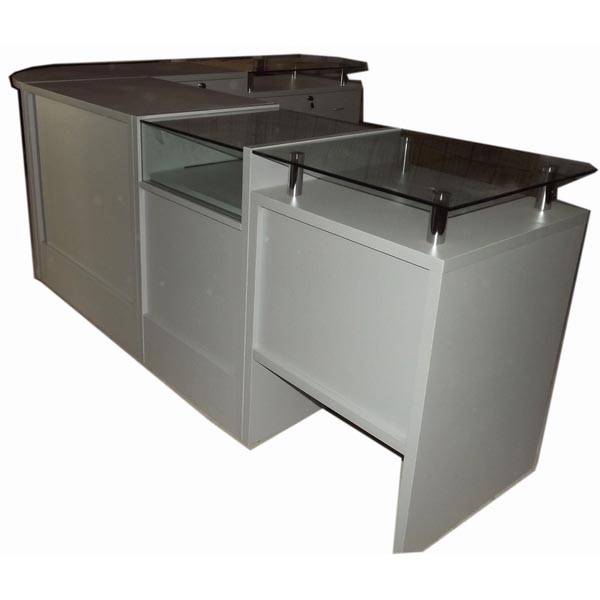Visual Merchandising och butiksutställningar
Visual merchandising is a crucial aspect of retail strategy, aimed at optimizing the presentation of products to attract customers and boost sales. A significant component of visual merchandising is the use of in-store displays. Unlike standard supermarket shelves, custom displays are designed to grab customers' attention and encourage purchases. These display stands are essential for both emerging and established brands, serving different strategic purposes. Emerging brands use custom displays to attract new customers, while well-known brands employ them to highlight new products or promote specific items.
Common Types of Store Displays
1. Floor Displays
Floor displays are standalone units strategically placed in the main aisles of retail stores. Their prime location ensures maximum visibility and customer engagement. These displays are highly effective in showcasing new or promotional products, drawing shoppers' attention as they navigate the store.

2. Display Bins
Display bins are square containers, often made from metal or acrylic, designed to hold large quantities of low-value items. They are commonly used for food products like candy, chocolate, bottled drinks, and everyday essentials such as tissues and sanitary products. Their accessibility and simplicity make them a practical choice for high-traffic areas, encouraging quick, impulse purchases.
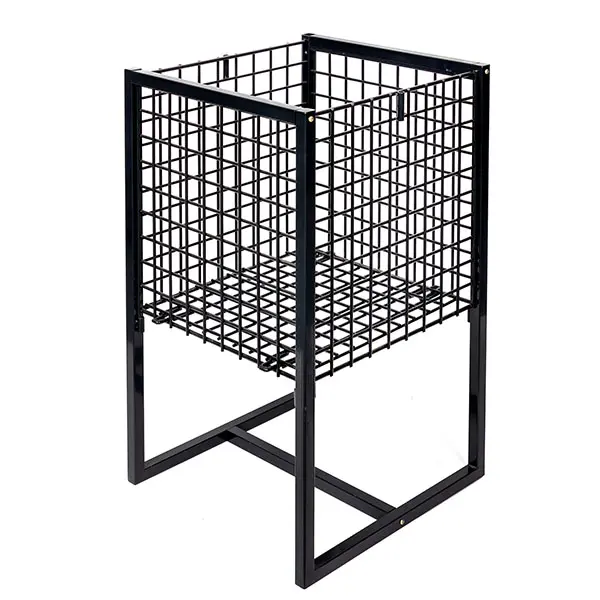

3. End Cap Displays
Positioned at the ends of aisles, end cap displays are excellent for highlighting new or seasonal products that might be overlooked on crowded shelves. By placing these displays at such strategic points, retailers can capture the attention of shoppers as they turn corners, effectively boosting the visibility and sales of featured items.
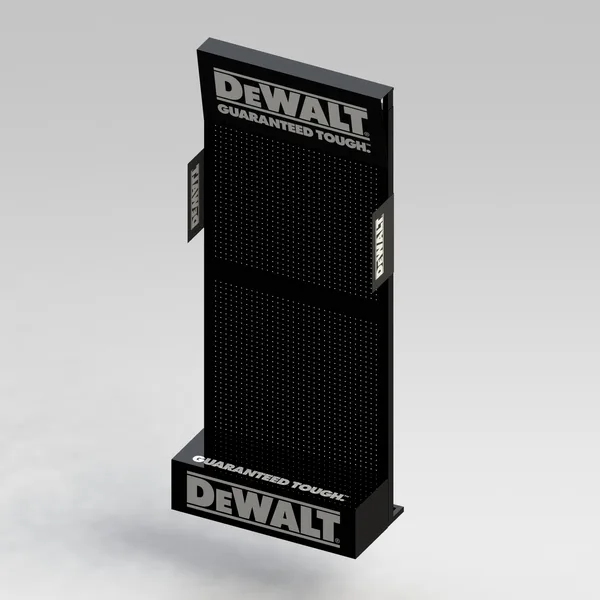
4. Counter Displays
Counter displays are fixtures placed at the checkout area to prompt last-minute purchases. They are ideal for small items and optimize the customer's waiting time at the register. Traditionally used in grocery stores and gas stations for items like gum, candy, condoms, and magazines as POS displays, these displays are increasingly utilized for higher-value goods such as jewelry, cosmetics, perfumes, and hair accessories. This strategic placement leverages the impulse buying behavior of customers, enhancing sales of both low-cost and premium products.
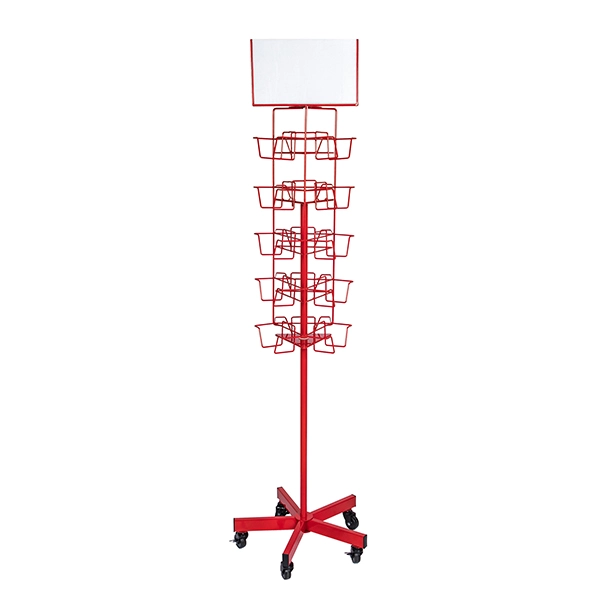
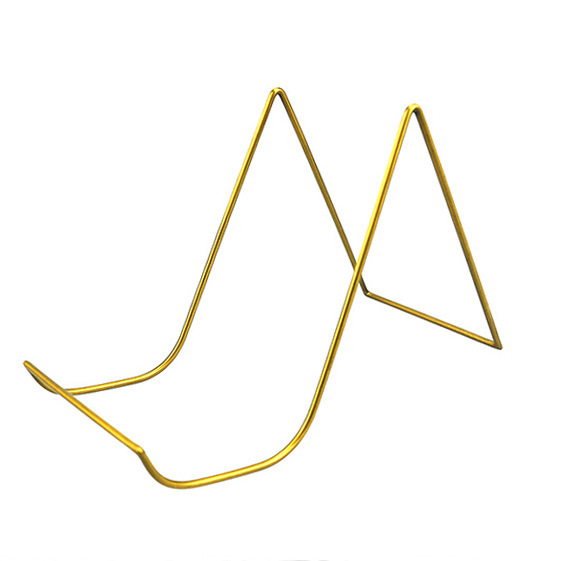
5. Gondola Displays
Gondola displays, particularly those used in retail environments, are freestanding units designed to showcase products. These displays can stand alone or connect with others to create comprehensive aisles of merchandise. Gondola displays offer flexibility and efficiency in organizing a wide variety of products, making them a staple in many retail settings.

Slutsats
In-store displays are an integral part of visual merchandising, playing a pivotal role in attracting customers and driving sales. From floor displays and display bins to end cap displays, counter displays, and gondola displays, each type serves a specific purpose in enhancing the shopping experience and maximizing product exposure. For both emerging and established brands, investing in custom displays is a strategic move to stand out in the competitive retail landscape. By effectively utilizing these displays, retailers can significantly influence customer behavior and boost their overall sales performance.
Relaterade inlägg
Ökad detaljhandelsförsäljning genom Visual Merchandising
What Is the Display Stand for the Retail Industry?
5 bästa idéer för butiksdisplay från en riktig displaytillverkare
